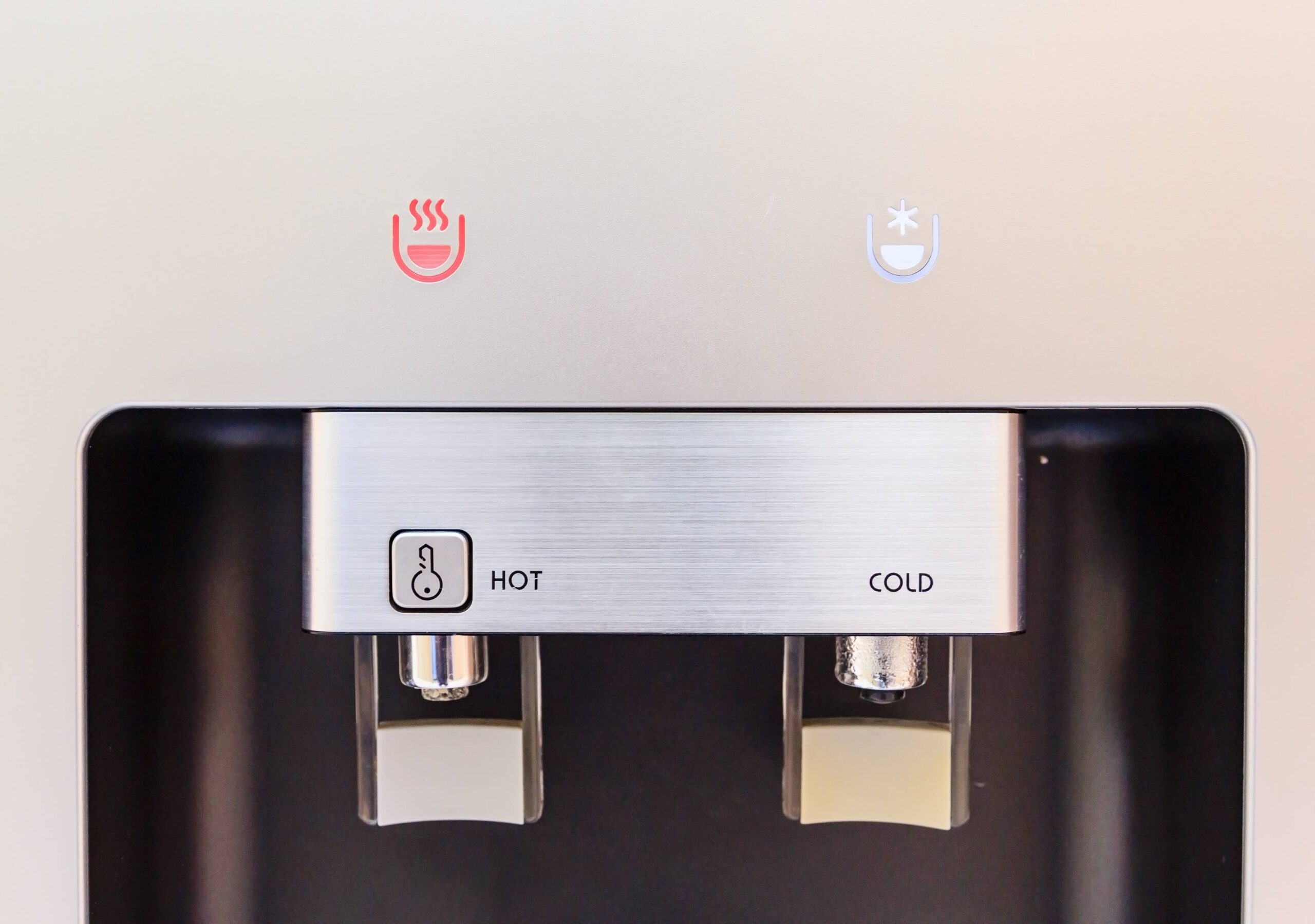Water filtration is essential for ensuring clean and safe drinking water. In Malaysia, where water quality can vary significantly, understanding the technology and processes behind water filtration is crucial. This article explores the science of water filters, detailing common filtration methods and how they work.
The Importance of Water Filtration
Access to clean drinking water is vital for health and well-being. Contaminated water can lead to various health issues, including gastrointestinal diseases, neurological disorders, and more. Water filters help remove harmful contaminants, making water safe for consumption.
Common Filtration Methods
There are several filtration methods used in water purification, each with its unique technology and applications. Here’s a breakdown of the most common methods:
Activated Carbon Filtration
How It Works: Activated carbon filters use a porous form of carbon that has been treated to increase its surface area. This filter works through a process called adsorption, where impurities adhere to the surface of the carbon.
- Contaminants Removed: Chlorine, sediment, volatile organic compounds (VOCs), and some heavy metals.
- Applications: Commonly used in pitcher filters, faucet-mounted filters, and under-sink systems.
Pros: Effective at improving taste and odor, relatively low cost, and easy to replace.
Cons: Not effective against microbial contaminants or dissolved inorganic substances.
Reverse Osmosis (RO)
How It Works: Reverse osmosis involves forcing water through a semipermeable membrane that allows only water molecules to pass while blocking larger contaminants, including salts, bacteria, and viruses.
- Contaminants Removed: Heavy metals (like lead and arsenic), nitrates, fluoride, and microorganisms.
- Applications: Often used in under-sink systems and whole-house filtration systems.
Pros: Highly effective at removing a wide range of contaminants; produces clean and pure water.
Cons: Can waste water during the filtration process, typically requires professional installation, and may remove beneficial minerals.
Ultraviolet (UV) Filtration
How It Works: UV filtration uses ultraviolet light to kill or inactivate bacteria, viruses, and other microorganisms in the water. The water is exposed to UV light as it passes through a chamber, rendering pathogens harmless.
- Contaminants Removed: Bacteria, viruses, and some protozoa.
- Applications: Often used in conjunction with other filtration methods for comprehensive purification.
Pros: Effective against microorganisms, chemical-free, and doesn’t alter the taste or odor of water.
Cons: Does not remove chemical contaminants or sediments; requires electricity to operate.
Sediment Filtration
How It Works: Sediment filters use a physical barrier to remove larger particles from water. These filters are often made of materials like sand or polypropylene, which trap sediments as water flows through.
- Contaminants Removed: Sand, silt, dirt, and rust.
- Applications: Commonly used as a pre-filter in multi-stage filtration systems.
Pros: Protects downstream filters from clogging, simple to use, and low maintenance.
Cons: Only removes larger particles; not effective against dissolved contaminants or microorganisms.
Ion Exchange
How It Works: Ion exchange filters work by exchanging undesirable ions in the water with more desirable ones. This method is often used for softening hard water, where calcium and magnesium ions are replaced with sodium ions.
- Contaminants Removed: Hardness minerals, heavy metals, and some radioactive materials.
- Applications: Common in water softeners and some multi-stage filtration systems.
Pros: Improves water quality and prevents scale buildup in appliances.
Cons: Requires regular replenishment of salts; can be expensive to maintain.
Choosing the Right Filtration Method
When selecting a water filter Malaysia, consider the specific contaminants present in your water supply. Here are some factors to keep in mind:
- Water Quality Testing: Conduct a water quality test to identify contaminants in your water. This will guide you in choosing the appropriate filtration method.
- Household Needs: Consider the size of your household and daily water consumption. Larger families may require more robust filtration systems to meet their needs.
- Budget: Assess your budget for both the initial purchase and long-term maintenance costs. Some systems may have higher upfront costs but provide savings over time.
- Space Availability: Evaluate the available space for installation. Some filters, like under-sink systems, require more space than countertop or pitcher filters.
Conclusion
Water filtration is a vital process that ensures safe drinking water, particularly in Malaysia, where water quality can vary widely. Understanding the technology and methods involved in water filtration—such as activated carbon, reverse osmosis, UV filtration, sediment filtration, and ion exchange—empowers consumers to make informed decisions about their water purification needs.
By selecting the right filtration method based on specific contaminants, household size, and budget, Malaysians can enjoy clean, safe water while contributing to a healthier lifestyle and environment.


